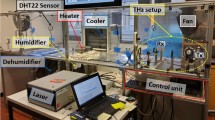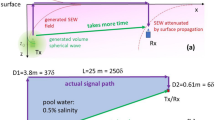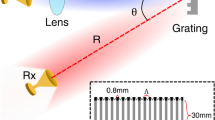Abstract
A THEORY which would explain the facts of long-distance radio transmission must take into account the differences between day and night transmission, long- and short-wave transmission, etc., and must connect these with a plausible assumption with regard to the constitution of the upper conducting or refracting layer, which is believed to function as the chief agency in bending the rays round the earth.
This is a preview of subscription content, access via your institution
Access options
Subscribe to this journal
Receive 51 print issues and online access
$199.00 per year
only $3.90 per issue
Buy this article
- Purchase on Springer Link
- Instant access to full article PDF
Prices may be subject to local taxes which are calculated during checkout
Similar content being viewed by others
Author information
Authors and Affiliations
Rights and permissions
About this article
Cite this article
ECKERSLEY, T. Radio Transmission Round the Earth. Nature 115, 942–943 (1925). https://doi.org/10.1038/115942b0
Issue Date:
DOI: https://doi.org/10.1038/115942b0
Comments
By submitting a comment you agree to abide by our Terms and Community Guidelines. If you find something abusive or that does not comply with our terms or guidelines please flag it as inappropriate.



